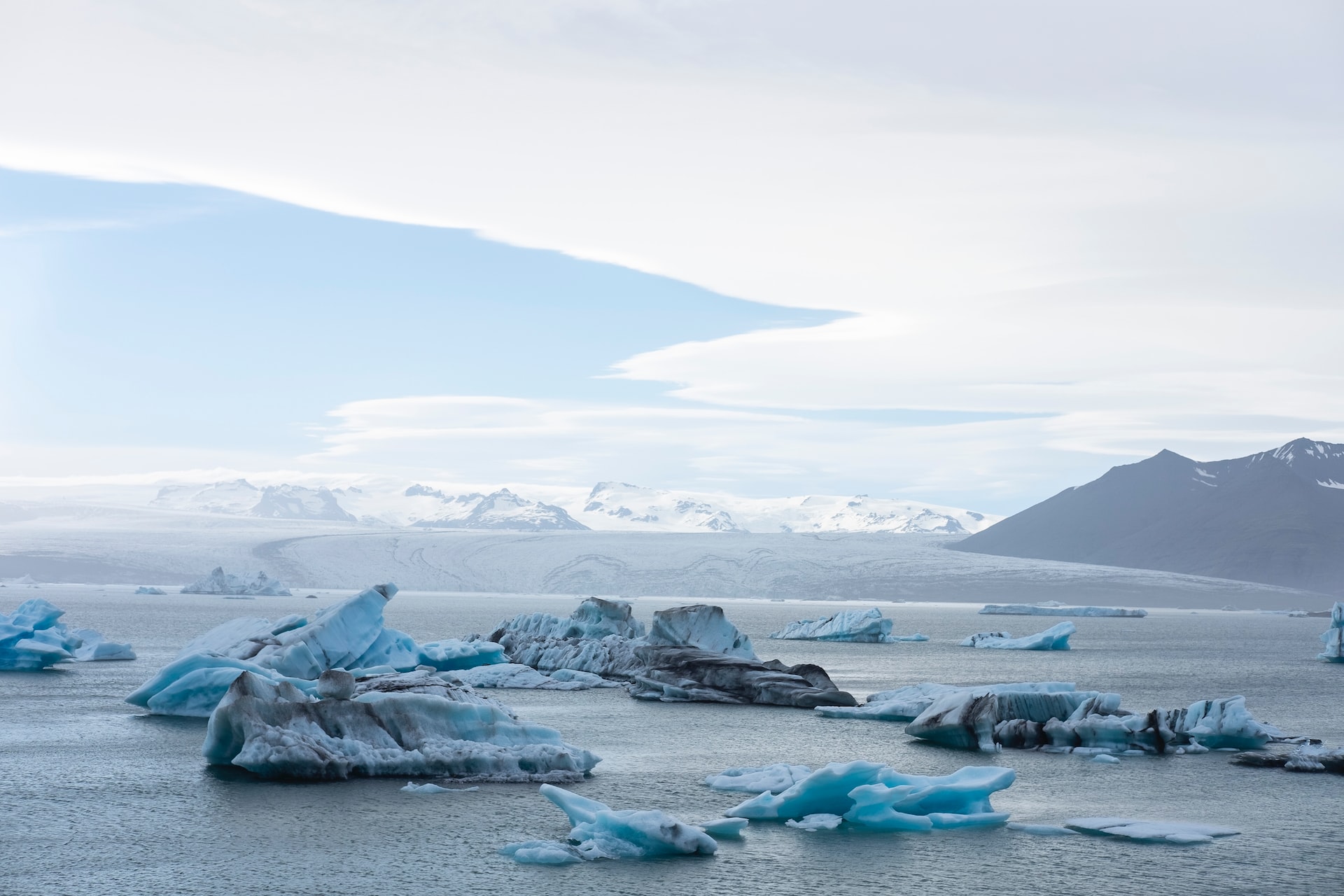Wildfire smoke can affect Arctic sea ice, new research shows
Smoke, ice interconnections have ripple effects on climate around globe
Aug 8, 2022 - by Staff
Aug 8, 2022 - by Staff

Sea ice and wildfires may be more interconnected than previously thought, according to new research in Science Advances.
Scientists from the University of Colorado Boulder and the National Center for Atmospheric Research (NCAR) analyzed differences in climate models to find that soot and other burned biomass from wildfires in the Northern Hemisphere can eventually reach the Arctic. Once there, the emissions can affect how much—or how little—sea ice persists at any given time.
This, in turn, can cause ripple effects on climatic patterns for the rest of the globe, reinforcing a feedback loop between the two systems in a way that hasn’t been previously seen.
“This research found that particles emitted from wildfires where people live can really impact what happens in the Arctic thousands of miles away,” said Patricia DeRepentigny, the lead author on the paper and a postdoctoral fellow at NCAR. DeRepentigny did much of her research while working on her doctorate at the University of Colorado.
“Sometimes the Arctic can be seen as this region that we shouldn’t care about because it’s so far away from where we live,” she added. “But the fact that there’s this back-and-forth of what happens here with the wildfires can affect the sea ice, and a diminishing sea ice can then lead to more wildfires here, connects us with the Arctic a little bit more.”
For more, see the University of Colorado news release.